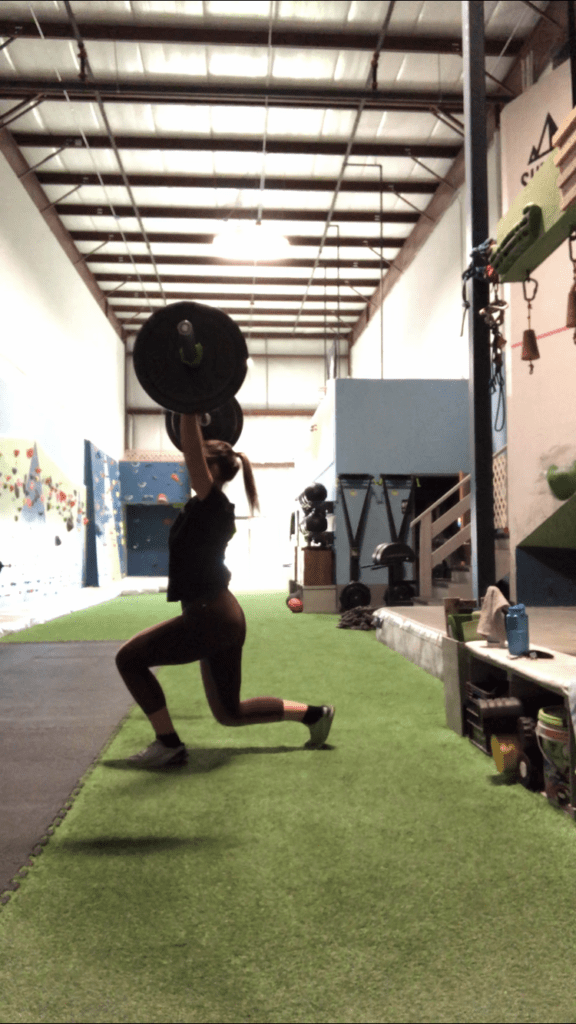When it comes to muscle growth, it’s more than just lifting heavy weights — it’s a complex physiological process happening beneath the surface. Understanding the science behind muscle growth not only helps optimize your workouts but also sheds light on how your body adapts to training over time. Let’s break down what really happens inside your muscles when you train.
Physiology of Muscle Growth
What came as a surprise to me when I first started learning about human physiology is that muscle is not built during a workout. Muscle is built during the rest time after the workout. When you work out, specifically strength training, you are essentially destroying and breaking down the muscle. After the workout, during the recovery time, destroyed muscles build new myofibrils (muscle protein strands). This happens by your immune system sends repair signals to the affected area. Cells called satellite cells rush to the damaged muscle fibers and fuse with them, helping repair the tissue and add new nuclei that support future growth.
Over time and continued muscle repair, these new myofibrils increase the thickness and density of the muscle, causing muscle growth and an increase in strength. There is no one way to achieve this, but there are some factors to consider that may streamline your workouts and help you meet your goals faster.
Muscle Growth with Progressive Overload
The idea of progressive overload is increasing the amount of weight or stress placed on the muscles over time. Therefore, if you keep doing the same workout with the same weight, over time, the body will adapt. Continuing to increase the amount of stress placed on the muscles ensures that, after every workout, new myofibrils will be made. Therefore, changing the workout in little bits challenges the muscles in different ways.
Progressive overload can be achieved by…
- Adding more reps with the same weight – Gradually increasing the number of repetitions challenges your muscular endurance and encourages growth without needing heavier weights. This is also known as increasing time under tension (read on to learn more about this).
2. Adding more sets with the same movement – Increasing total volume by doing extra sets helps build strength and stamina over time.
3. Completing the same set in less time – Reducing rest time or increasing tempo incorporates a more cardiovascular demand
4. Using more weight for the same reps and sets – This is a classic method of progressive overload that directly targets strength and muscle growth.
Muscle Growth with Time Under Tension
In simple terms, time under tension refers to how long your muscles are actively engaged during each set of an exercise. As this time increases, so does the strain on your muscle fibers. For example, doing a squat at a regular pace takes approximately 3 seconds. So, if you slow down the movement, the squat now takes 6 seconds. If you do 10 squats, a set that previously took you 30 seconds now takes you 60 seconds. Just like that, you doubled the amount of time your muscles were under stress. Increasing time under tension is one of my favorite ways to challenge my muscles because it can be easily adapted to pretty much any movement you are completing.

Muscle Fibers
Something else I did not realize until I started learning anatomy is that not all muscle fibers are created equal. The science goes a little deeper, but at the simplest level, there are two main types of muscle fibers. Just like the name sounds, fast-twitch muscle fibers are used in explosive, sprinting-type movements. Slow-twitch muscle fibers are used for endurance or long-distance activities. In order to have well-rounded strength, both of these types of muscle fibers need to be strengthened.
Strengthen Slow Twitch Muscle Fibers
Goal: muscle endurance and stamina
Weights: light to moderate
Rep range: high, 12-20
Tempo: slow & controlled
My favorite way to complete a muscle endurance workout is with a circuit style workout. I pick four or five movements, complete a movement for 50 seconds and have 10 seconds to transition to the next movement. Depending on the movement, I usually get in 12-16 quality reps within the 50 seconds. Do the circuit four times and you have yourself a fast and efficient workout!
Strengthen Fast Twitch Muscle Fibers

Goal: power, strength, speed
Rep range: low to moderate, 3-8
Tempo: explosive & controlled
Power and explosive workout
Power movements, sometimes referred to as plyometrics, are movements that require a short burst of energy. These can have a workout dedicated to them on their own, or they can be incorporated into other workouts. Box jumps, broad jumps and sprint intervals are examples of power movements. I like to make a superset with a heavy strength set and a power set with the same muscle groups. For example, a set of heavy squats immediately followed by a set of box jumps. Or a set of shoulder presses followed by wall ball tosses.
At the end of the day, building muscle comes down to pushing your limits, keeping your body on its toes, and, most importantly, enjoying the process every step of the way.
Interested in learning more? Reach out to Courtney or another Summit trainer today!
Courtney Weber


